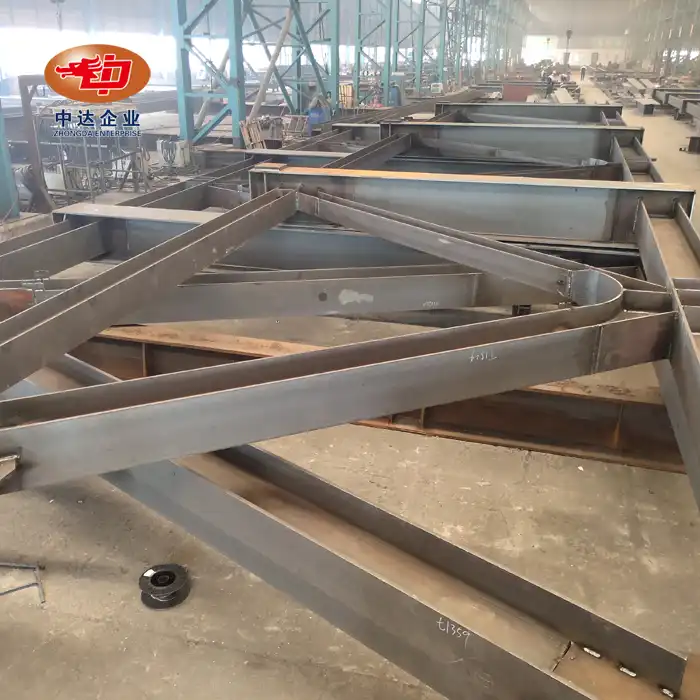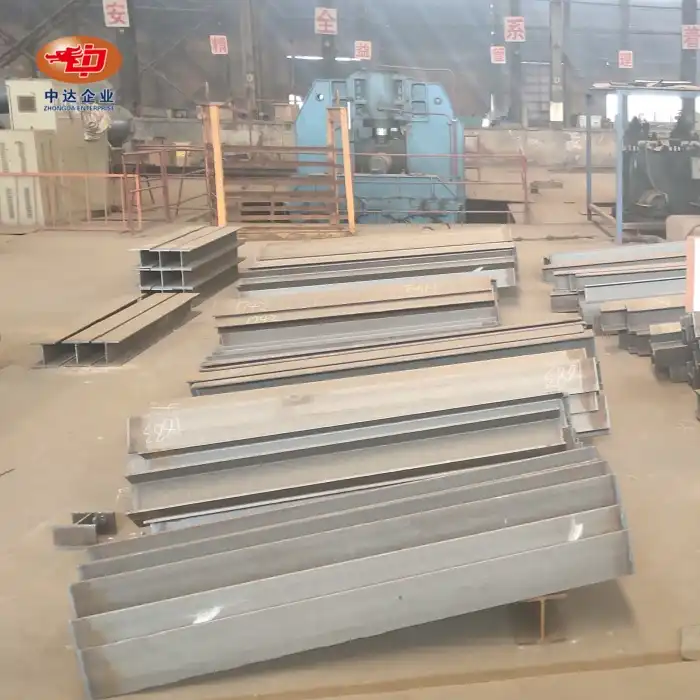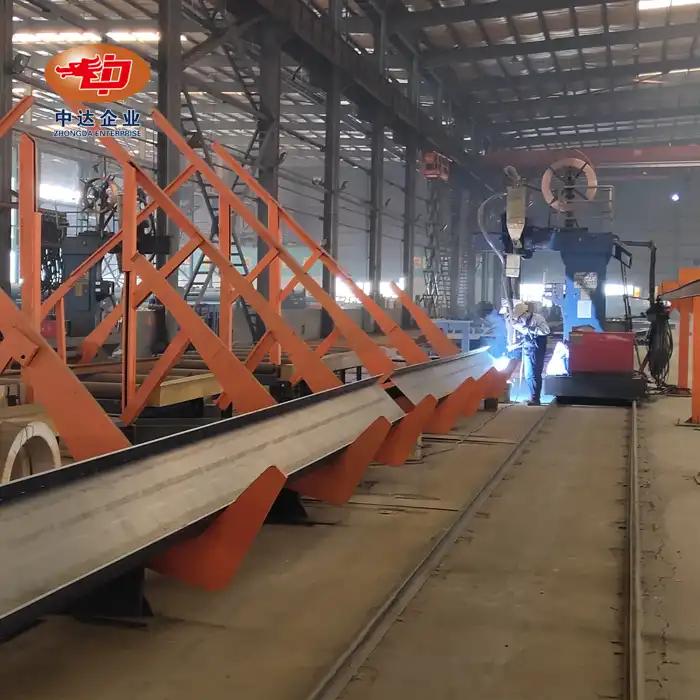
How to Address Steel Corrosion and Concrete Carbonation in Humid Heat?
Combating steel corrosion and concrete carbonation in steel-concrete composite beams in humid, hot environments requires a multi-faceted approach. The key lies in selecting appropriate materials, applying protective coatings, and implementing smart design strategies. Using galvanized or weathering steel for web plates, enhanced with epoxy resin coatings, can significantly delay the impact of corrosion on shear stud connectors. For concrete elements, incorporating mineral admixtures like fly ash boosts carbonation resistance. Proper drainage systems prevent water accumulation, further mitigating deterioration risks. These integrated solutions ensure the longevity and structural integrity of steel-concrete composite structures in challenging climatic conditions.
At Zhongda Steel, we specialize in innovative steel solutions that tackle these challenges head-on. Our expertise in BIM-driven prefabrication and -60°C Weathering Steel Anti-corrosion Technology positions us uniquely to address the complex issues of corrosion and carbonation.
Understanding the Threats: Steel Corrosion and Concrete Carbonation
The Mechanisms of Steel Corrosion in Humid Environments
Steel corrosion in humid heat is a relentless adversary. High humidity accelerates the electrochemical reactions that cause rust formation. Moisture acts as an electrolyte, facilitating the movement of ions between anodic and cathodic areas on the steel surface. This process is further exacerbated by elevated temperatures, which speed up chemical reactions. In steel-concrete composite beams, the interface between steel and concrete becomes particularly vulnerable, as it can trap moisture and create an ideal environment for corrosion initiation.
The Process of Concrete Carbonation and Its Effects
Concrete carbonation is a silent threat that compromises structural integrity over time. It occurs when atmospheric carbon dioxide penetrates the concrete, reacting with calcium hydroxide to form calcium carbonate. This reaction lowers the pH of the concrete, neutralizing its natural alkalinity. As a result, the protective passivation layer around steel reinforcement breaks down, leaving it susceptible to corrosion. In humid, hot climates, this process is accelerated due to increased CO2 solubility in water and faster chemical reactions at higher temperatures.
Synergistic Effects of Corrosion and Carbonation
The interplay between steel corrosion and concrete carbonation creates a vicious cycle. As carbonation progresses, it weakens concrete's ability to protect embedded steel. Simultaneously, corrosion products expand, causing internal stresses that lead to concrete cracking. These cracks provide new pathways for moisture and CO2 ingress, further accelerating both corrosion and carbonation. This synergistic degradation can significantly reduce the service life of steel-concrete composite structures if left unchecked.
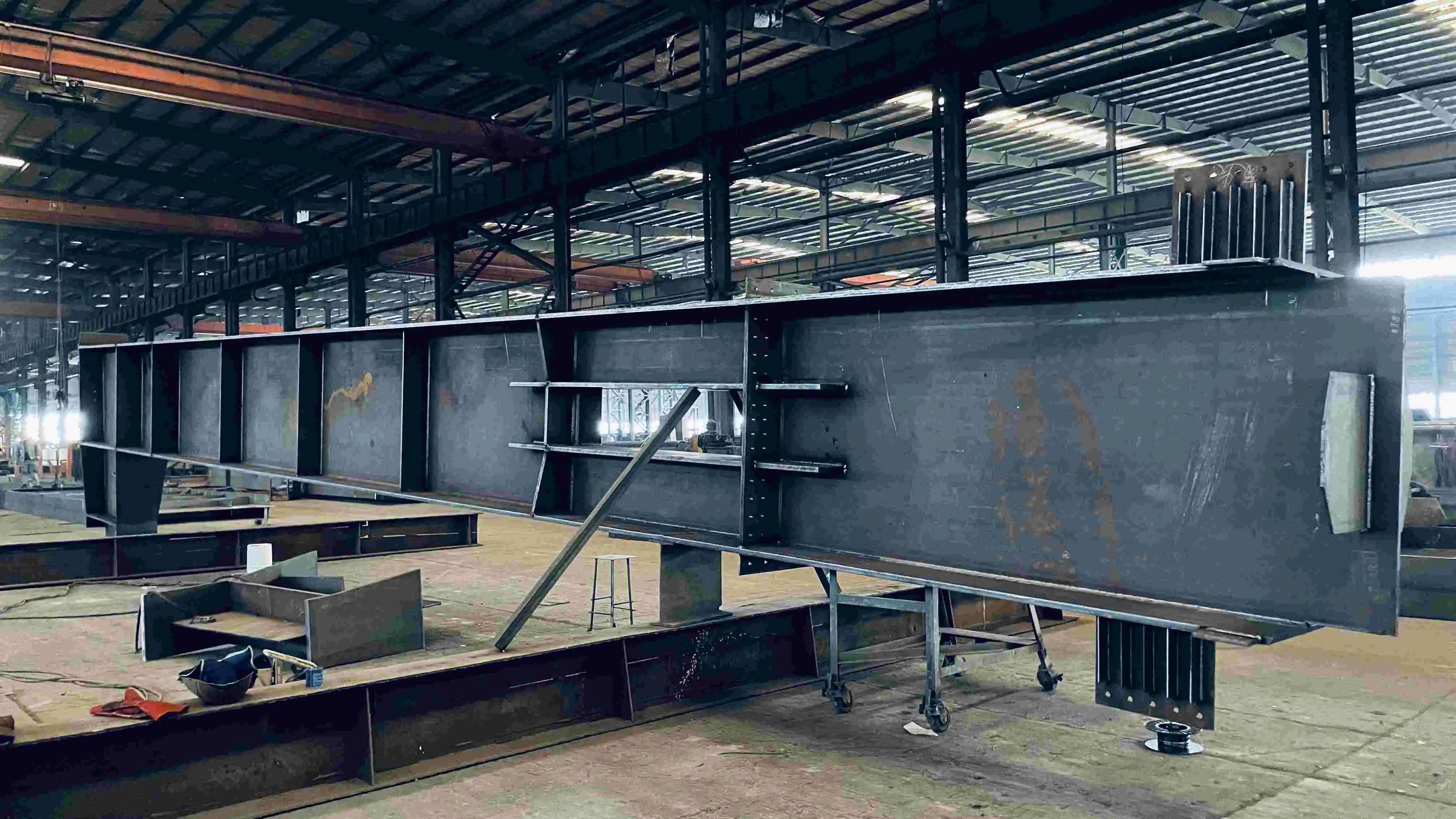
Innovative Material Solutions for Enhanced Durability
Advanced Steel Alloys and Protective Coatings
Selecting the right steel is crucial in combating corrosion. Weathering steel, with its ability to form a protective patina, offers superior resistance in many environments. For more severe conditions, galvanized steel provides an additional zinc layer that acts as a sacrificial anode. At Zhongda Steel, we've pioneered the use of -60°C Weathering Steel Anti-corrosion Technology, pushing the boundaries of corrosion resistance even in extreme climates. To further enhance protection, we apply advanced epoxy resin coatings. These coatings create a barrier against moisture and corrosive agents, significantly extending the lifespan of steel elements in composite structures.
High-Performance Concrete Mixtures
Improving concrete's resistance to carbonation starts with the mix design. Incorporating mineral admixtures like fly ash or silica fume can dramatically enhance concrete's durability. These pozzolanic materials react with calcium hydroxide, forming additional calcium silicate hydrate (C-S-H) gel. This process not only reduces the amount of carbonatable material but also creates a denser microstructure, impeding CO2 penetration. We recommend optimizing the water-cement ratio and using superplasticizers to achieve low permeability without compromising workability. These high-performance mixtures form the foundation of resilient steel-concrete composite beams.
Innovative Connector Technologies
The interface between steel and concrete in composite beams is a critical zone requiring special attention. Traditional shear studs, while effective, can be prone to corrosion. We've developed innovative connector systems that incorporate corrosion-resistant materials and geometries designed to minimize moisture trapping. These include stainless steel headed studs, perforated plates with epoxy coatings, and composite dowels. By focusing on this crucial interface, we ensure a robust connection that maintains structural integrity even in the most challenging environments.
Design Strategies for Long-Term Performance
Optimized Structural Configuration
The layout and design of steel-concrete composite beams play a crucial role in their durability. We employ advanced computational modeling to optimize beam geometries, minimizing areas prone to moisture accumulation. This includes designing smooth transitions between steel and concrete elements and incorporating strategic drainage channels. By reducing water retention points, we significantly mitigate corrosion risks. Our BIM-driven prefabrication process allows for precise implementation of these optimized designs, ensuring that every component contributes to the structure's overall resilience.
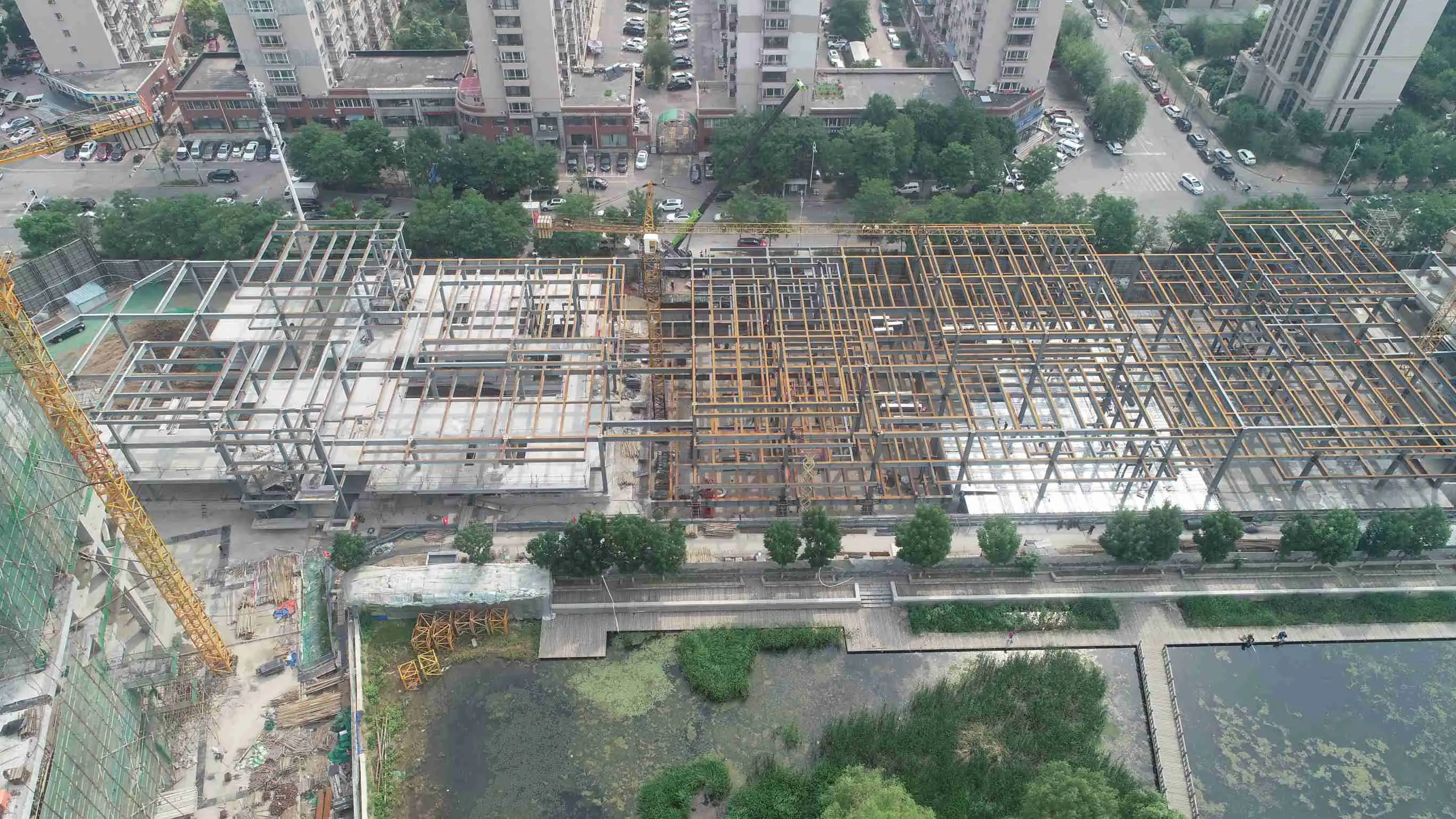
Effective Drainage and Ventilation Systems
Proper water management is essential in humid environments. We integrate comprehensive drainage systems into our designs, ensuring that water is efficiently channeled away from critical structural elements. This includes sloped surfaces, weep holes, and strategically placed drains. In structures utilizing a steel-concrete composite beam, effective drainage is especially important to protect the interface between steel and concrete. Additionally, we incorporate ventilation features that promote air circulation, reducing humidity levels around steel components. These systems work in concert to create an environment less conducive to both corrosion and carbonation, significantly extending the structure's service life.
Maintenance-Friendly Design Features
Anticipating future maintenance needs is a key aspect of our design philosophy. We incorporate access points and inspection galleries that allow for easy monitoring and maintenance of critical areas. This includes removable panels for accessing steel-concrete interfaces and strategically placed sensors for real-time monitoring of corrosion and carbonation progression. By facilitating regular inspections and timely interventions, these features ensure that potential issues are addressed before they escalate, maintaining the structure's integrity over its entire lifespan.
Conclusion
Addressing steel corrosion and concrete carbonation in humid, hot environments demands a comprehensive approach. By integrating advanced materials, innovative design strategies, and proactive maintenance features, we can significantly enhance the durability of steel-concrete composite structures. At Zhongda Steel, our commitment to engineering excellence and global impact drives us to continually refine these solutions, ensuring that our structures stand strong against the challenges of demanding climates. Our holistic approach not only extends the life of structures but also contributes to more sustainable and resilient infrastructure worldwide.
Contact Us
Ready to elevate your project's durability in challenging environments? Zhongda Steel offers cutting-edge solutions for steel-concrete composite structures that withstand the test of time and climate. Our expertise in weathering steel technology, BIM-driven prefabrication, and innovative design strategies ensures your project's success. Contact us at Ava@zd-steels.com to discover how we can enhance your structure's longevity and performance.
References
Johnson, R. P. (2018). Composite Structures of Steel and Concrete: Beams, Slabs, Columns and Frames for Buildings. Wiley-Blackwell.
Li, C. Q., & Melchers, R. E. (2005). Time-dependent reliability analysis of corrosion-induced concrete cracking. ACI Structural Journal, 102(4), 543-549.
Chung, L., Najm, H., & Balaguru, P. (2008). Flexural behavior of concrete slabs with corroded bars. Cement and Concrete Composites, 30(3), 184-193.
Bertolini, L., Elsener, B., Pedeferri, P., Redaelli, E., & Polder, R. B. (2013). Corrosion of Steel in Concrete: Prevention, Diagnosis, Repair. Wiley-VCH.
Papadakis, V. G., Vayenas, C. G., & Fardis, M. N. (1991). Fundamental modeling and experimental investigation of concrete carbonation. ACI Materials Journal, 88(4), 363-373.
Stewart, M. G., Wang, X., & Nguyen, M. N. (2011). Climate change impact and risks of concrete infrastructure deterioration. Engineering Structures, 33(4), 1326-1337.










